Hor III
De Wikipedia, la enciclopedia libre
Hor III fue un faraón de la dinastía XIII de Egipto, que gobernó c. 1640 a. C.
Parte de su nombre, ... Uebenra Hor, está inscrito en el Canon Real de Turín, en el registro VII, 15. El fragmento de papiro donde figuraba la duración de su reinado se perdió. Está precedido por Ibi II, y le sucede Se...kara.
El nombre Hor, que aparece junto a su cartucho en el Canon Real, debía ser su nombre de Nacimiento, o un epíteto.
Los últimos mandatarios de la dinastía XIII solamente gobernaron en las regiones próximas a Tebas, en el Alto Egipto.
En esta época, los reyes denominados comúnmente hicsos, pertenecientes a la dinastía XV, habían conquistado Menfis y dominaban el Bajo Egipto, haciendo tributarios a los habitantes de casi todo Egipto.
Testimonios de su época [editar]
Sólo es citado en el Canon Real de Turín, escrito cuatro siglos después, como "...Uebenra Hor".
Titulatura [editar]
| Titulatura | Jeroglífico | Transliteración (transcripción) - traducción - (procedencia) |
| Nombre de Nesut-Bity: |
| ... u b n r ˁ (Uebenra) ... Ra (Canon Real de Turín nº 7, 15) |
| Nombre de Sa-Ra: |
| ḥr (Hor) Horus (Canon Real de Turín nº 7, 15) |
Referencias [editar]
- Notas
- Referencias digitales
- http://www.narmer.pl/dyn/13en.htm (en inglés)
| Predecesor: Ibi II | Faraón Dinastía XIII | Sucesor: Se...kara |
Categorías: Faraones | Dinastía XIII
En otros idiomas

Cargado el 5 de noviembre, 2009
Galería de Hans Ollermann
Nebamun
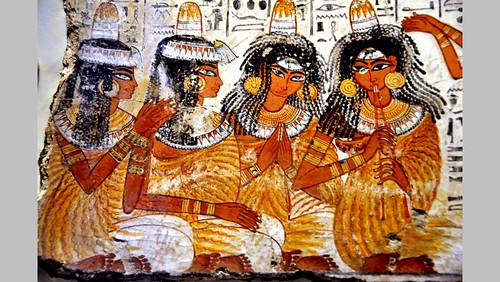
2009_1027_133808AA British Museum, London
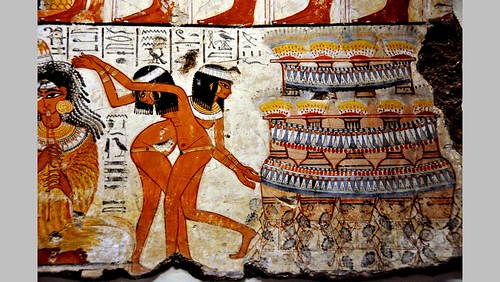
2009_1027_133805AA British Museum, London
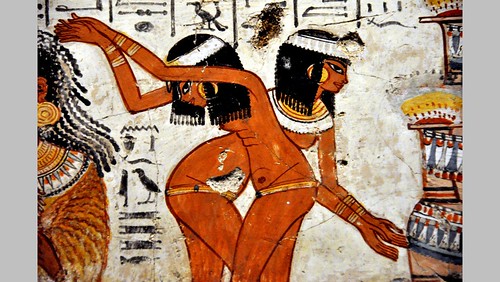
2009_1027_133754AA British Museum, London
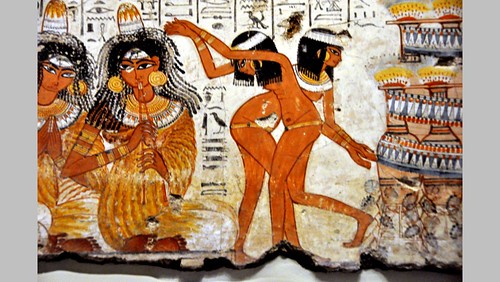
2009_1027_133749AA British Museum, London
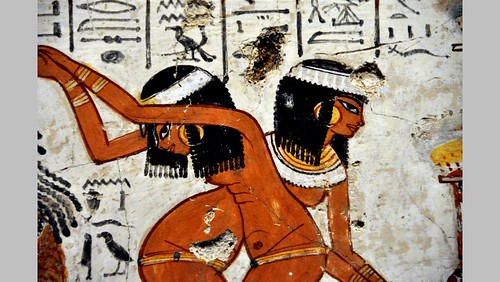
2009_1027_133757AA British Museum, London
Beware ! The Egyptian Museum in Cairo has decided to ban camera's . Not so the good old British Museum, where visitors receive a warm welcome by enjoying the freedom of taking pictures. Here you see some pictures that I recently made of the Nebamon exposition in the British Museum, London.
Nebamun was an Egyptian "scribe and counter of grain" during the New Kingdom. His tomb in Thebes, the location of which is now lost, featured the famous Pond in a Garden false fresco painting.
Nebamun's name is translated as "My Lord is Amun" and he is thought to have lived c. 1500 bc. The paintings were hacked from the tomb wall and purchased by a British collector who in turn sold them to the British Museum in 1821. The collector died in poverty without ever revealing the source location of the paintings. The depictions are highly symbolic and thematically related to a joyful afterlife.
In 2009 the British Museum opened up a new gallery dedicated to the display of the restored eleven wall fragments from Nebamun's tomb, described as one of the Museum's greatest treasures.
(Source: Wikipedia EncyclopediA)
See also my list of best and worst museums in the world:
www.flickr.com/photos/menesje/4059308291/
And here you find my list of best and worst museums in Holland:
www.flickr.com/photos/menesje/4059604700/

No hay comentarios:
Publicar un comentario